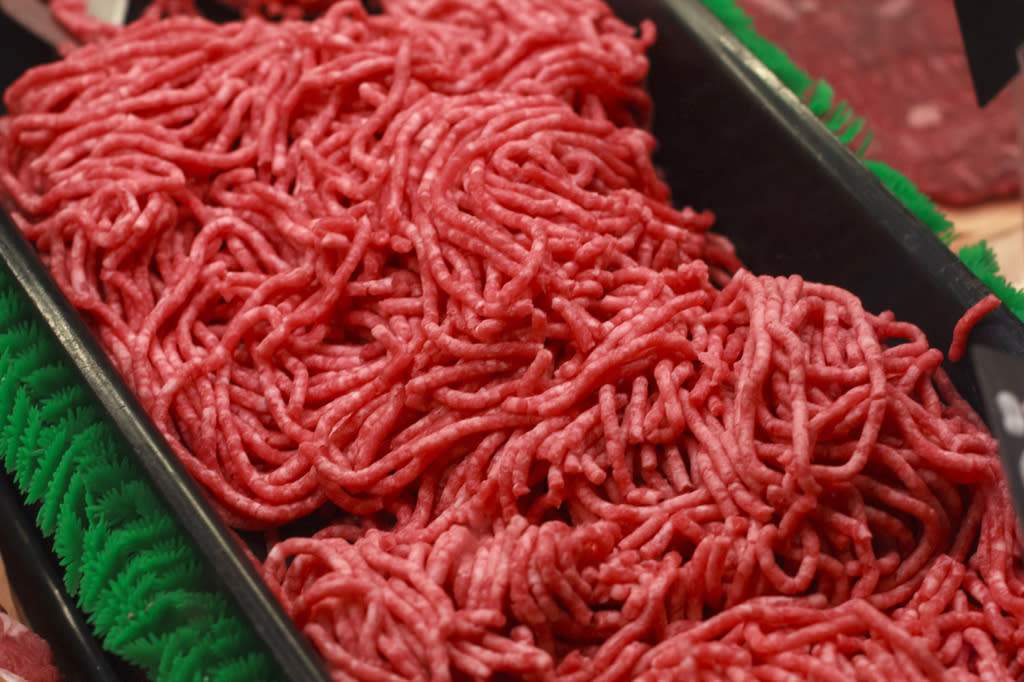Cryptopolytech (CPT) Public Press Pass (PPP)
News of the Day COVERAGE
200000048 – World Newser
•| #World |•| #Online |•| #Media |•| #Outlet |
View more Headlines & Breaking News here, as covered by cryptopolytech.com
Federal officials pledge millions to contain spread of bird flu outbreak appeared on www.aol.com by Scripps News.
The U.S. Department of Health and Human Services and the U.S. Department of Agriculture will spend $101 million and $98 million, respectively, on bird flu biosecurity measures to reduce the spread of the virus.
As of Friday, dozens of herds in nine states have been infected after the virus jumped into cattle.
Bird flu, also known as highly pathogenic avian influenza or H5N1, is deadliest among birds but can infect all mammals including humans, though human cases are rare. There have only been two documented human cases in the U.S. with the highly infectious strain: a dairy worker after exposure to a sick cow in April 2024 and a person working with sick poultry in 2022.
A release from HHS said the CDC and the FDA will increase “laboratory screening and testing capacity, genomic sequencing, and other interventions to protect the health and safety of dairy and other potentially impacted food items.” It also said the USDA is aiming to make “financial tools” available for milk producers whose herds have been affected by H5N1.

U.S. News
8:29 AM, May 02, 2024
Beef, dairy test negative for bird flu despite recent 9-state outbreak
Other highlights, per the announcement, include:
-
$34 million to develop and optimize tests, including for changes in circulating strains that increase severity in humans or make antivirals less effective. The funds will also be used to support lab staff and testing shipments, manufacturing and storage. The HHS says the current test capacity in the U.S. is approximately 490,000 H5-specific tests.
-
$29 million in epidemiology, surveillance and data analytics. The CDC and FDA would scale up existing efforts to monitor people exposed to infected birds and poultry, potential workers at other agricultural facilities and others, like hunters, who may be exposed to species that pose a threat. This fund will also expand respiratory virus surveillance to capture more samples from patients with acute respiratory illness.
-
$14 million to support and grow genomic sequencing of the virus.
-
$8 million for vaccines, including studying the circulating H5N1 viruses to determine if current vaccines would be effective and develop new ones if necessary.
-
$5 million to reach high-risk populations.
-
$3 million in wastewater surveillance.
-
Up to $28,000 “per premises to support increased biosecurity activities.” This includes paying dairy farmers for lost milk production from sick cows, employee PEE or uniform laundering, heat treating for disposal of waste milk and veterinary costs.
The Food and Drug Administration says commercial milk is still safe because it’s pasteurized. Raw milk is not safe, however, because it hasn’t been heat-treated. The USDA also says its testing of grocery store beef has been negative for the virus.
For food safety, cooking chicken and eggs to 165 degrees Fahrenheit and beef to 145 degrees Fahrenheit will kill pathogens.
FEATURED ‘News of the Day’, as reported by public domain newswires.
View ALL Headlines & Breaking News here.
Source Information (if available)
This article originally appeared on www.aol.com by Scripps News – sharing via newswires in the public domain, repeatedly. News articles have become eerily similar to manufacturer descriptions.
We will happily entertain any content removal requests, simply reach out to us. In the interim, please perform due diligence and place any content you deem “privileged” behind a subscription and/or paywall.
CPT (CryptoPolyTech) PPP (Public Press Pass) Coverage features stories and headlines you may not otherwise see due to the manipulation of mass media.
First to share? If share image does not populate, please close the share box & re-open or reload page to load the image, Thanks!


